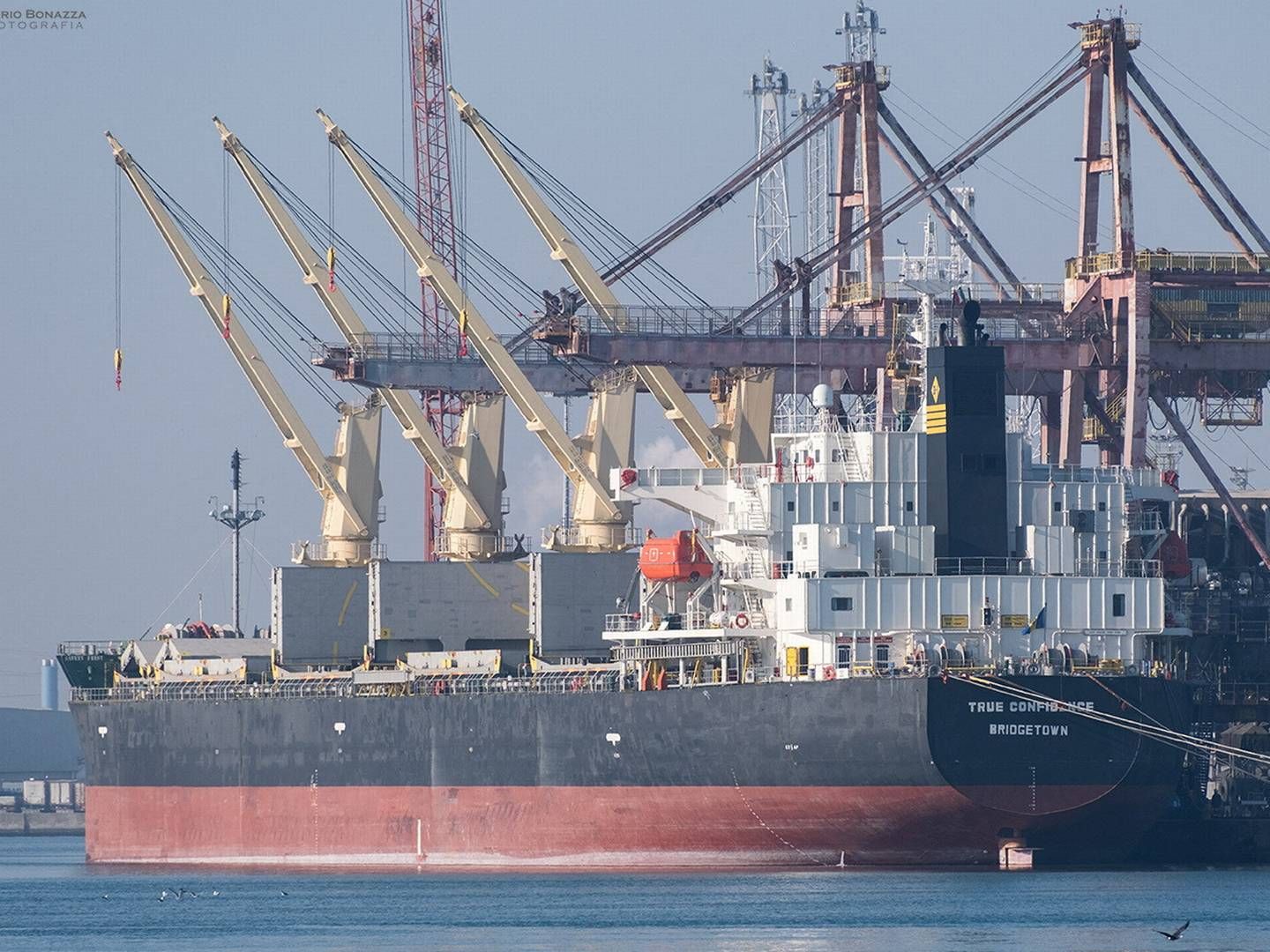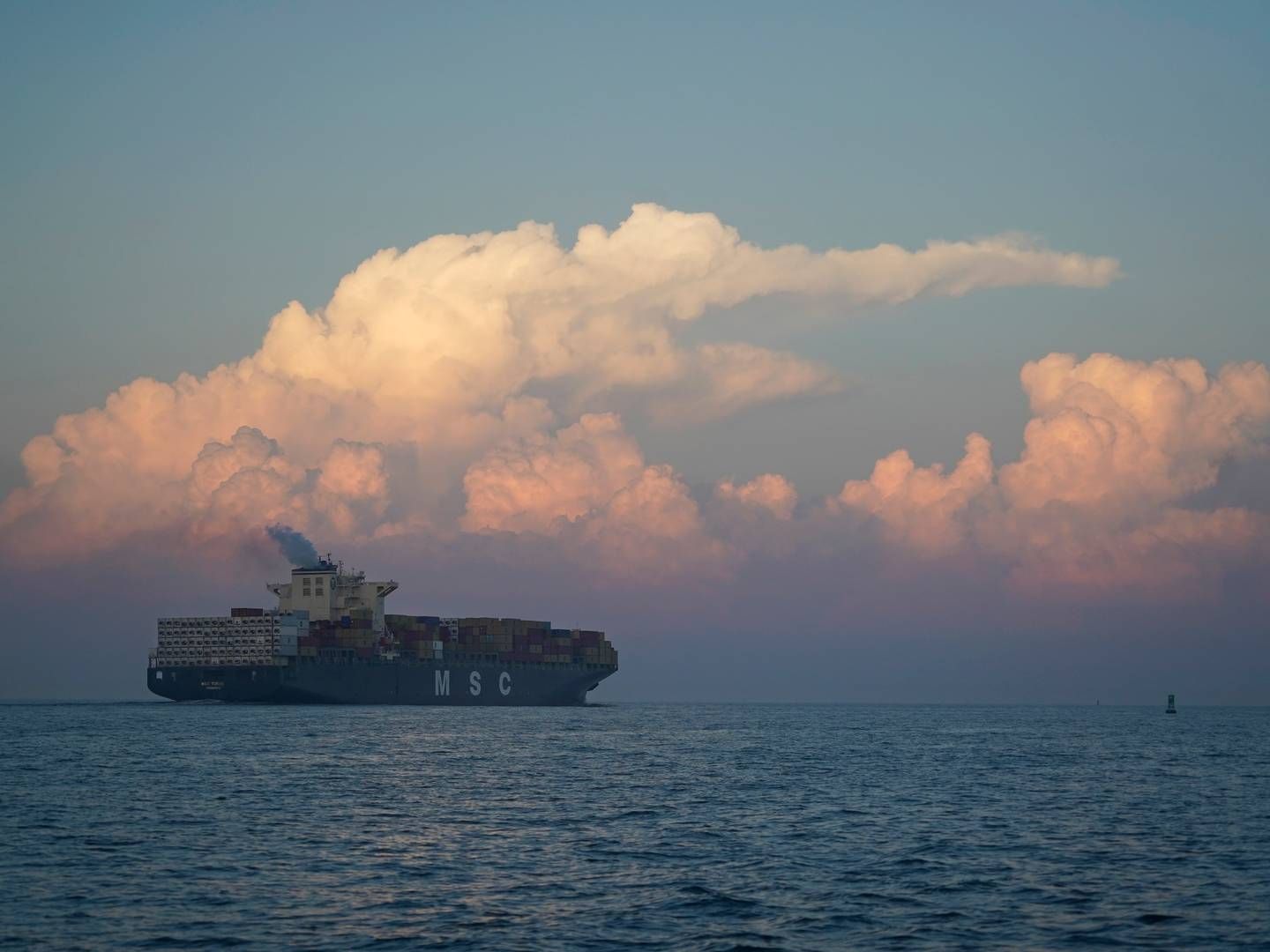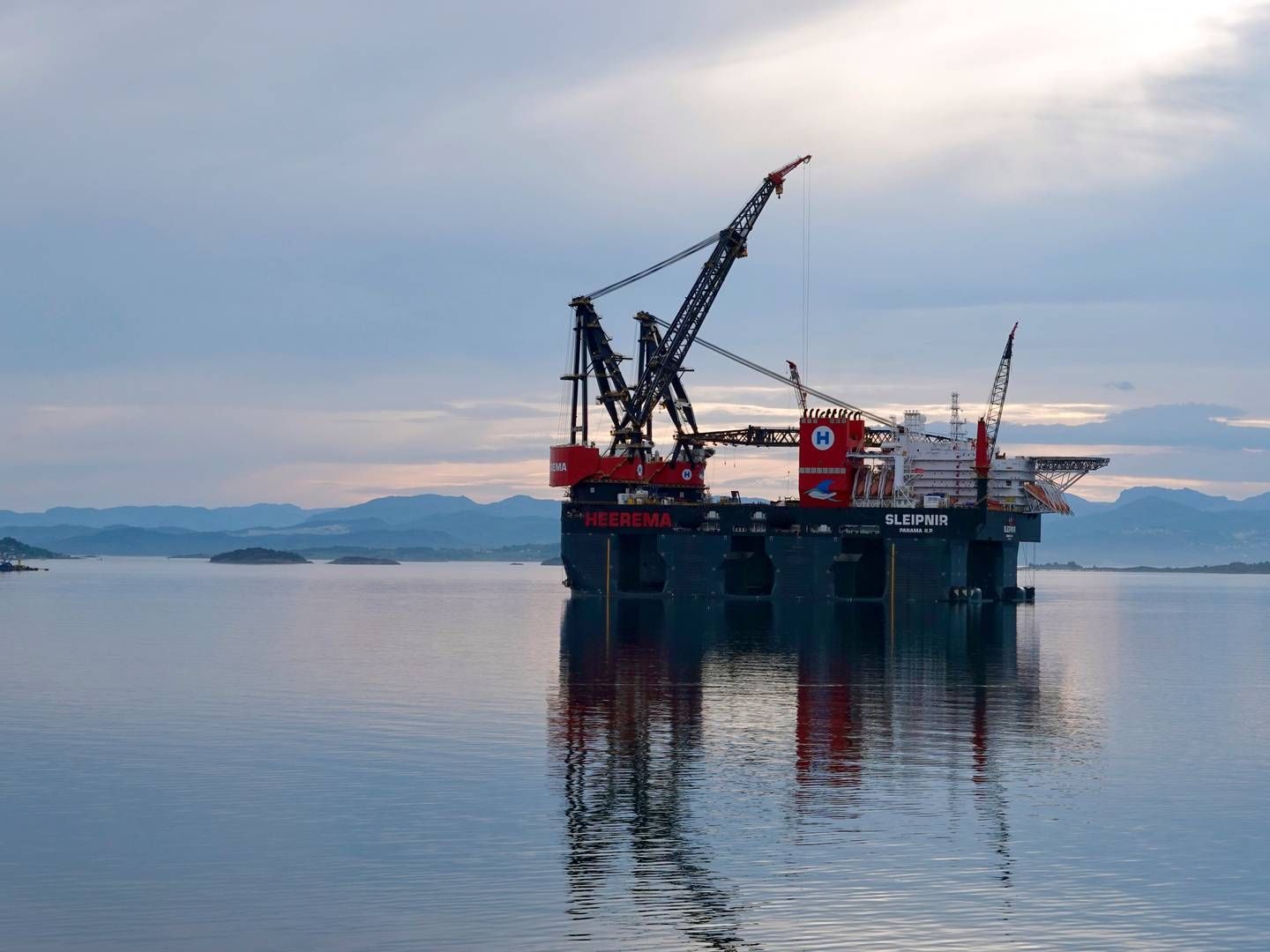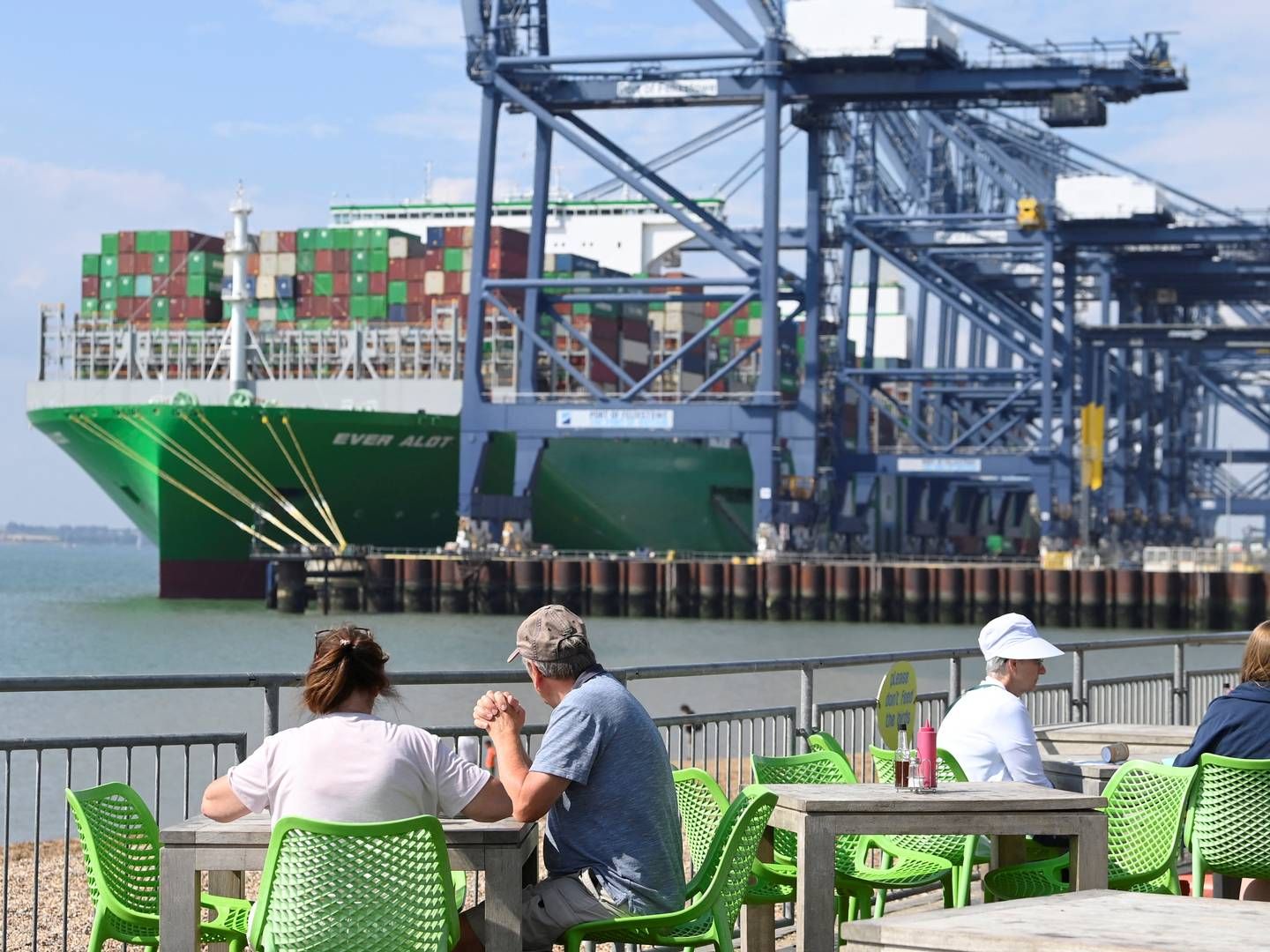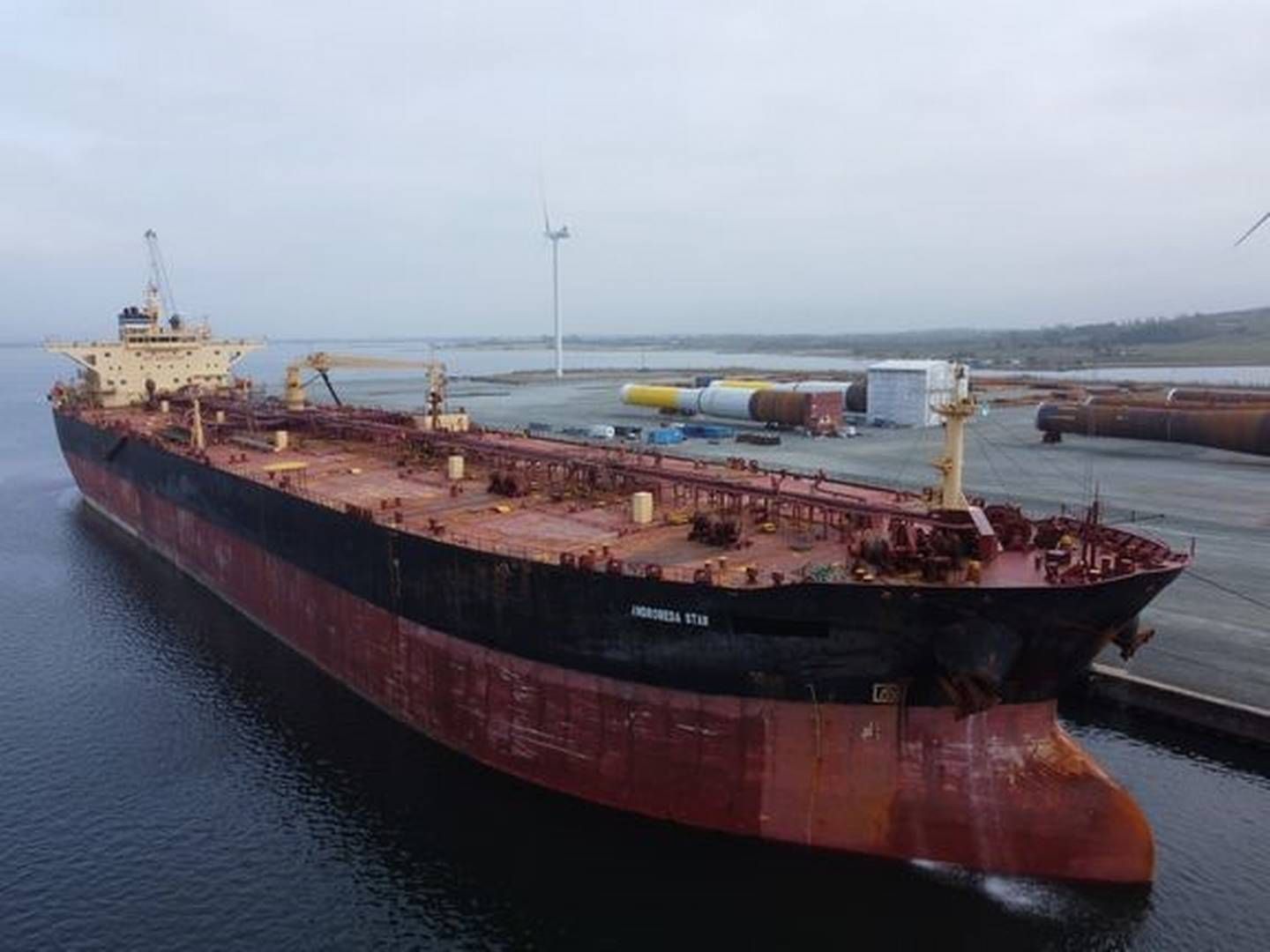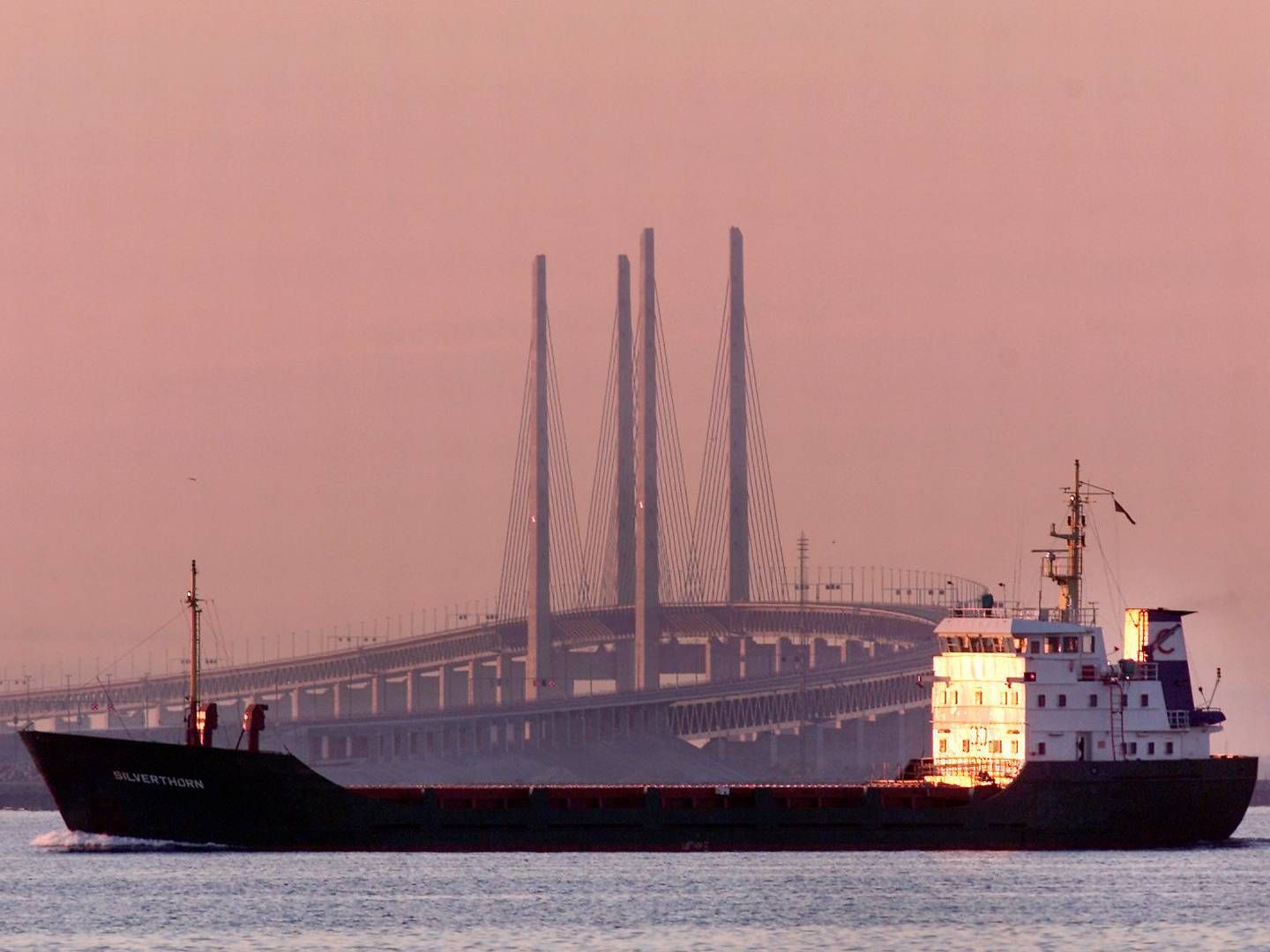Havarirapportens konklusioner
Her er havarirapportens konklusioner om Bulk Jupiters forlis den 2. januar 2015.
af OLE ANDERSEN
- There is significant documentary evidence to identify that the 46,400t of bauxite loaded over the course of the 13 day period had an average moisture content of 21.3%. Despite this, there is no physical evidence to confirm what caused the vessel to adopt an unrecoverable list to starboard and subsequent capsize.
- In total 186.55 hours of loading was lost due to rainfall - the equivalent of 7 days of loading over the period. The infrastructure available to adequately store and transport bauxite in Kuantan increased the exposure of the bauxite to the elements. Despite the crew’s diligent response to the rain by continually opening and closing the hatch covers to reduce the ingress of water, the cargo remained exposed whilst on the quay side, in stock piles and in the trucks.
- The Bulk Jupiter’s Master and senior crew members were well versed in dry bulk cargo operations. They were well supported by a management team who proactively engaged with the vessel. The company’s SMS procedures encompassed sufficient guidance and advice to the Master and Chief Officer in order for them to conduct safe handling of cargo.
- An independent inspection was not requested by the Master to verify the properties of the cargo prior to loading on board. Considering the extreme weather conditions and storage facilities available it was acknowledged that the cargo was very wet and that measures to protect the cargo on shore from further rain were not effective in preventing further wetting. The absence of an independent inspection resulted in the cargo being loaded without its physical properties and moisture content being verified against the parameters of the IMSBC Code schedule or the cargo declaration form.
- The Company provided adequate guidance and direction to the Master and maintained a level of management sufficient to allow normal operations to be conducted safely. However three factors failed to raise adequate awareness or warning signs: the uncharacteristic speed reduction en-route, the results of the requested ‘Can Test’ and the incomplete noon reports that should have informed the Company on the condition of the cargo in the holds.
- Every 48 hours a report should be generated and provided to the Charterers if any water had been drained from the bilges during the transit in accordance with the Charterers Voyage Instructions. No correspondence has been received from the Charterers and therefore it cannot be determined whether the cargo was draining free water and/or whether anyone on board was aware and was taking action to discharge any water accumulating in the hold bilges.
- The previous class and special survey inspections indicate no structural integrity failures; the vessel had fulfilled diligently all prior certification conformity requirements and as such the likelihood of a catastrophic structural failure is considered low.
- The actions taken of the Master in the final stages of the extreme circumstances pertaining prior to the vessel foundering were not wholly in accordance with Company guidance nor mandated actions in the event of a serious casualty and impending abandonment. It is known that not all members of the crew were fully aware of the seriousness of the situation and subsequent actions required to maximise the prospects of survival.
- Initial response during the SAR effort was communicated throughout the region to good effect. The number of vessels in the region participating in the operation demonstrated the effectiveness of the regional coordination centres.
- As the SAR effort progressed, information between On-Scene-Coordinator and the Coordination centre became less detailed, particularly in regard to the duration of the operation and the availability of assets in the region. Had it been known that designated SAR assets were being dispatched to the search area the recovery of the deceased and subsequent retention on board may have been less of a cause for concern for the attending vessels.
- Having deduced that the probability of structural failure is low, as a singular causal event, it can be concluded most probable that either liquefaction or a free surface effect induced an unrecoverable list. When considering the conditions in the order that they occurred, there can only be very few circumstances that cause a vessel to capsize so quickly with minimal warning. The reliability of the information provided on the cargo declaration, in particular the composition of cargo, the probability of liquefaction occurring is considered high. A further causal event, for which would only occur if the cargo is sufficiently compacted is a free surface effect generated on top of the cargo. Notwithstanding this, if the cargo had liquefied, a free surface effect will also occur, with similar catastrophic effect. Another related phenomenon associated with both liquefaction and free surface effect occurs when the cargo slides to one side of the vessel and fails to return to where it came from. This particular effect wouldbe inevitable once the angle of heel is greater than the angle of repose of the cargo, if untrimmed, or if the cohesion between the particles of the cargo is insufficient when an angle of heel is induced.



